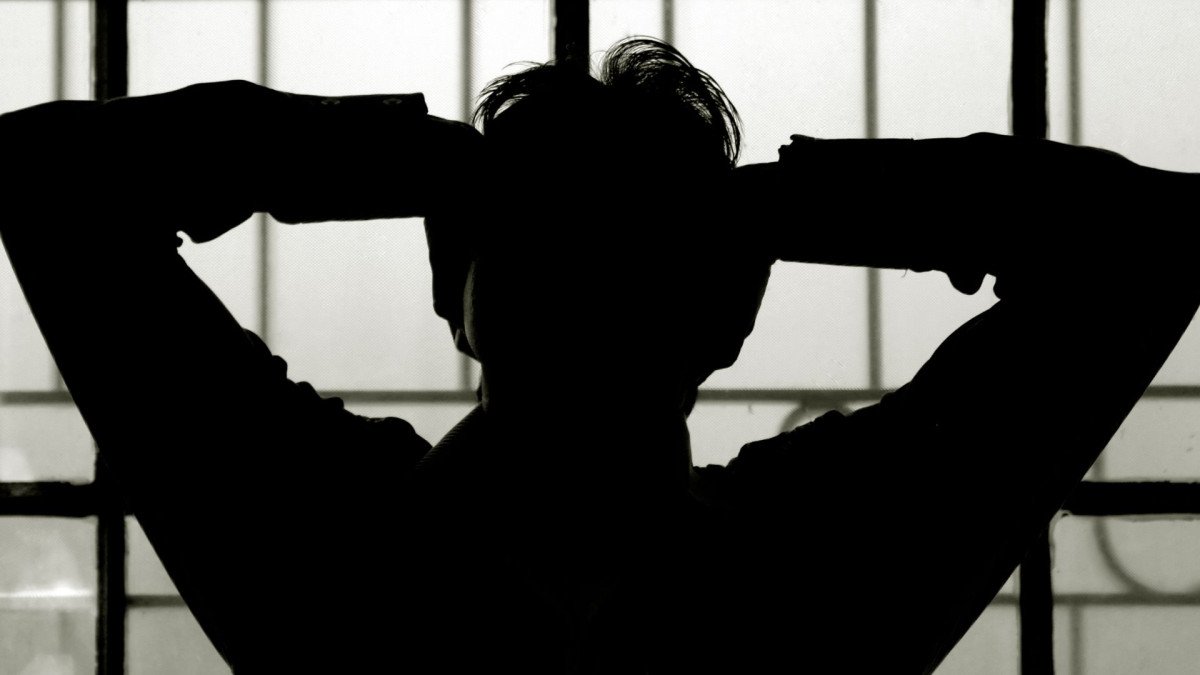
Pain and suffering are two unavoidable concepts of the human experience However, these two realities contain nuances that we often overlook in our daily lives and we use them interchangeably in our daily conversations. This article aims to show the subtle, but significant distinctions between these terms, with the purpose of making known how the choice of acceptance or resistance in the face of pain is key to shaping our experience in the face of adversity.
What is pain and what is suffering?
As noted above, facing pain confronts us with two crucial paths: acceptance or resistance. However, I consider it necessary to make a brief mention about the nature of pain itself.
Pain is a natural response that manifests itself in specific situations, generating discomfort both physically and emotionally
Its presence is directly linked to the cause that causes it, and although its intensity can be overwhelming, it gradually mitigates as we immerse ourselves in the process of acceptance, giving rise to emotions such as anger and sadness, which although they are unpleasant, they are very necessary.
Although pain is inherent to the human condition, it is evident that no one likes to experience it. Consequently, it is a common reaction that we seek to suppress or avoid these emotions in order to make the pain more bearable

But what happens when we resist pain?
American meditation teacher Shinzen Young (2016) proposed a simple but profound formula: Suffering = Pain x Resistance. Suffering is an intricate and complex phenomenon, which includes cognitive, emotional and behavioral aspects that go beyond the origin of the pain.
It is the result of the negative interpretation that we give to that pain, and it is precisely that meaning that increases the discomfort Therefore, denying, rejecting or repressing pain will only intensify and perpetuate suffering, raising barriers that lead us to evade responsibility for the situation and that hinder the natural healing process.
While pain manifests itself as a genuine and temporary reaction, suffering is indefinite and prolonged in time, persisting even after the main source of pain has faded. Furthermore, suffering contains a significant load of negative and harmful thoughts, which remain in an endless loop and reinforce the discomfort. It is usually characterized by very destructive internal speech, with obsessive thoughts, criticisms and judgments towards oneself and others.
Let’s look at an example. Imagine facing a romantic breakup. The pain would be shown through messages of acceptance such as: “the relationship has ended and that makes me sad, but I will get through it.” On the other hand, suffering becomes entangled in endless dysfunctional thoughts: “there is something wrong with me”, “I am not enough”, “I will never be happy again”
Living day by day with these beliefs, it is truly difficult to begin to feel better. Start to define what types of thoughts you allow in your mind and take care of your internal speech. In conclusion, acceptance of pain does not guarantee its absence, but it does provide a path to healing and growth. Accepting is not synonymous with weakness or resignation, but quite the opposite. It is precisely the display of bravery and courage that comes from our vulnerability, recognizing the existence of pain and opening ourselves to go through the emotions necessary to make recovery possible.
On the other hand, when we resist, we remain in a constant struggle trying to control and change the adverse and inexorable scenarios. It is true that in a temporary way, suffering can have a certain functionality, but sustaining it over time can lead to physical and emotional exhaustion
Exploring the intrinsic nature of pain invites us to understand that, although it is inevitable, it can become the engine of change and personal development. With all the above, do we choose to accept what we cannot change or do we cling to unwavering resistance? I propose that instead of avoiding pain, you can go through it with compassion, transforming suffering into a source of strength and learning.









